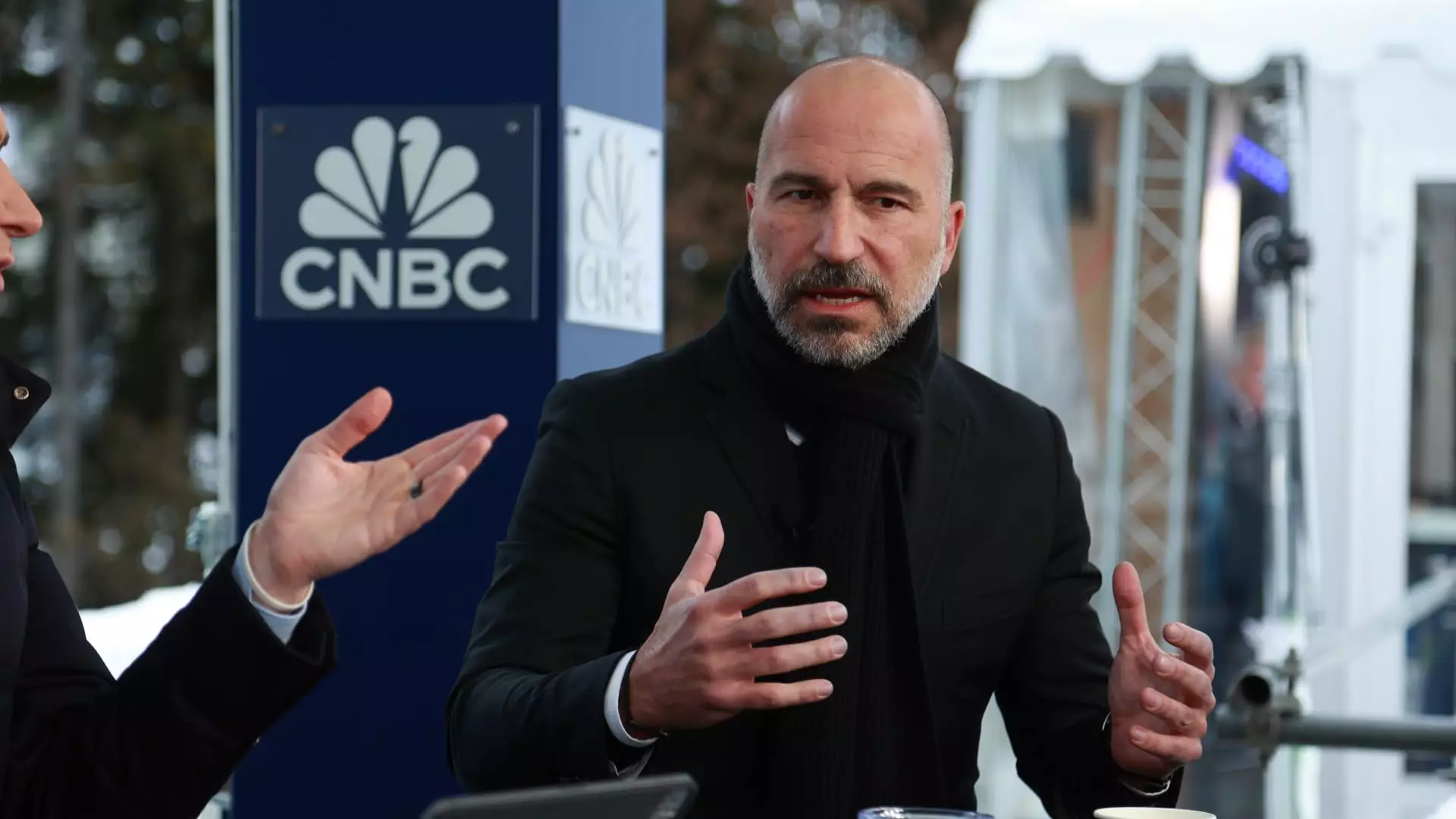Uber has recently released its second-quarter earnings report, surpassing Wall Street estimates. The company reported earnings per share of 47 cents, compared to the expected 31 cents. Additionally, Uber’s revenue for the quarter reached $10.7 billion, exceeding the projected $10.57 billion. This marks a significant growth of 16% from the previous year’s revenue of $9.23 billion. The positive financial results have led to a 4% increase in the stock price during premarket trading.
Uber’s mobility unit experienced a 23% increase in gross bookings, reaching $20.6 billion. Similarly, the delivery unit saw a 16% rise in gross bookings to $18.1 billion, while the freight unit remained flat at $1.27 billion. CEO Dara Khosrowshahi had anticipated a 20% growth for the quarter, driven by the expansion of the core mobility business and the increasing frequency of orders from food and trip subscribers.
Looking ahead, Uber forecasts bookings of $40.25 billion to $41.75 billion for the third quarter. However, the midpoint of this range fell slightly below the average estimate of $41.18 billion. The company also expects adjusted earnings to range from $1.58 billion to $1.68 billion, with the middle of the range slightly above the analyst’s average prediction of $1.62 billion. Uber’s “monthly active platform consumers” reached 156 million in the second quarter, indicating a growth in user base and activity on the platform.
Uber recently announced partnerships with Instacart and BYD, a Chinese electric vehicle maker. The collaboration with Instacart introduced a “restaurants” tab to the grocery delivery app, allowing users to order from restaurants with deliveries fulfilled by Uber Eats. On the other hand, the partnership with BYD aims to bring around 100,000 electric vehicles to Uber drivers in Europe and Latin America, with plans to deploy autonomous-capable vehicles on the Uber platform in the future.
Despite the positive financial results and strategic partnerships, Uber faces challenges related to consumer spending trends and competition in the market. The impact of autonomous vehicles and robotaxi services on the company’s future, as well as consumers’ changing preferences for dining and travel, remain key areas of discussion. Uber has been exploring incentives and options for drivers to transition to electric vehicles, aligning with the global shift towards sustainability.
Overall, Uber’s second-quarter report reflects a strong performance in earnings and revenue growth, driven by strategic initiatives and partnerships. The company’s ability to adapt to changing consumer behaviors and technological advancements will be crucial in sustaining its growth trajectory in the competitive ride-hailing and delivery industry.

